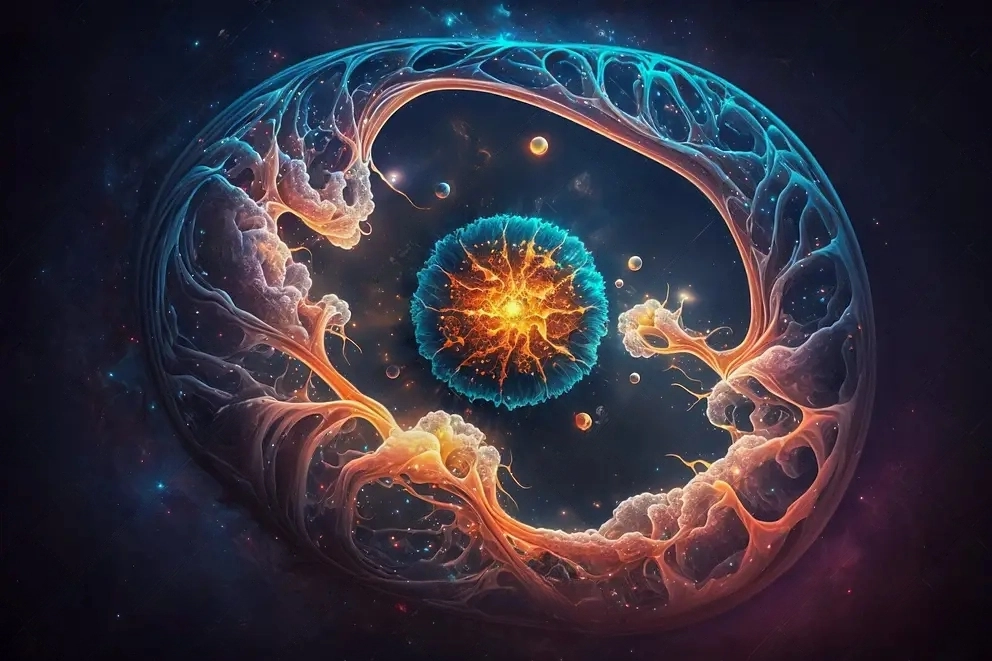Introduction
In the grand tapestry of the cosmos, the origins of life remain one of the most profound mysteries. While Earth is undoubtedly teeming with life, scientists have long pondered whether life could have originated elsewhere in the universe and, perhaps, found its way to our planet. Enter panspermia, a captivating and thought-provoking hypothesis that suggests life’s journey might not be confined to a single planet but could span the vast reaches of space.
What is Panspermia?
Panspermia, a term coined from the Greek words “pan” (meaning all) and “sperma” (meaning seed), is a hypothesis proposing that life, or the essential building blocks of life, could exist throughout the universe and be distributed by space dust, meteoroids, asteroids, comets, planetoids, and potentially even spacecraft. This concept suggests that life’s seeds could travel across the cosmos, initiating life on other planets or celestial bodies.
Types of Panspermia
There are several variations of the panspermia hypothesis, each proposing a different mechanism for the distribution of life:
- Lithopanspermia: This hypothesis suggests that life or its building blocks could survive the harsh conditions of space within rocks or dust particles and hitch a ride on meteoroids or comets. Upon impact with a suitable planet or moon, these particles could seed life.
- Radiopanspermia: Some extremophiles, microorganisms capable of surviving in extreme conditions, might endure the harsh radiation of space. Radiopanspermia proposes that these resilient life forms could travel on space dust or other carriers and potentially survive the journey to new celestial bodies.
- Directed Panspermia: This speculative concept suggests that intelligent civilizations could deliberately send microbial life or genetic material to other planets or star systems as a means of spreading life throughout the universe.
Supporting Evidence
While the panspermia hypothesis remains speculative, there is some intriguing evidence and arguments in its favor:
- Extremophiles on Earth: Earth’s extremophiles, which thrive in extreme environments like deep-sea hydrothermal vents and acidic lakes, suggest that life can endure a wide range of conditions, including those found in space.
- Survival in Space: Experiments have shown that certain microorganisms can survive the extreme conditions of space, including radiation, vacuum, and extreme temperatures, bolstering the idea that life could endure space travel.
- Meteorites and Mars: Some meteorites originating from Mars have been found on Earth. While this doesn’t prove panspermia, it raises the possibility of material exchange between planets.
Challenges and Skepticism
Critics of panspermia argue that the journey between planets is fraught with challenges. The harsh conditions of space, high radiation levels, and the extreme heat of atmospheric entry could destroy any potential life or organic molecules traveling on meteoroids or comets.
Conclusion
Panspermia remains a captivating hypothesis that sparks our imagination and fuels the ongoing quest to understand the origins of life. While there is no definitive proof of panspermia, its tantalizing possibilities continue to inspire scientific research and exploration. The search for life beyond Earth, whether through missions to Mars, the study of extremophiles on our planet, or the examination of meteorites from space, keeps us engaged in the quest to uncover life’s cosmic journey. As we venture further into the universe, the mystery of whether life’s seeds have truly been scattered across the cosmos remains one of the most profound questions in science.
